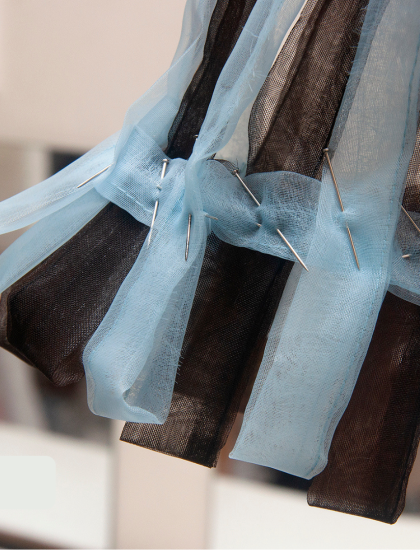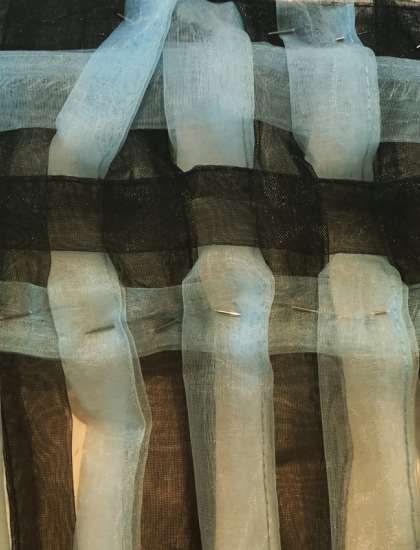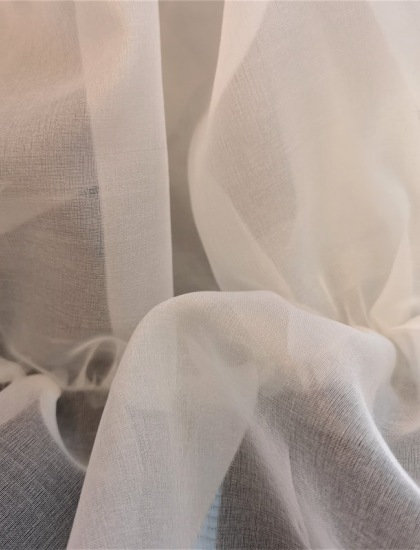There is a growing awareness of the impact the fashion industry has on our environment and those who work in it. Climate change and pollution is all too fast becoming more evident and we look to innovative new ways to make our lifestyles less harmful. Notoriously, low wages and dangerous working conditions are the norm for most garment trade workers across the globe and these realities are often hidden.
The negativity surrounding so many brands motivated me to make a positive change. Starting my own occasion wear brand allowed me to create my own pathway towards a sustainable business and have chosen to make my clothing in ways which respects people and the planet.
My exclusive ranges include beautifully designed and hand made ethical luxury occasion wear and accessories. Luxury and low impact fabrics are carefully chosen for each design and produced only in limited editions, made to order or one-off pieces.
Find out more about the fabrics I use below.
Ethical or eco friendly fabrics are not traditionally known to be associated with luxury clothing and special occasion wear. Day wear made from ethical cotton for example, is more likely to be envisaged when ethical clothing is mentioned. I wanted to find a way that I could use beautiful fabrics, creating a luxury product, but minimise the harmful affects on the planet. Initially I found sourcing these ethical fabrics difficult, more recently however, I have noticed a growing awareness of the need for change, which has led to the birth of some very interesting and innovative new fabrics being developed, giving designers positive alternatives. Linens and hemp fabrics are just a couple of examples I have used in my collections so far.
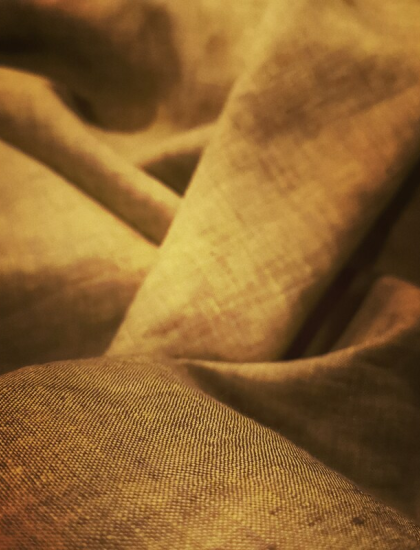
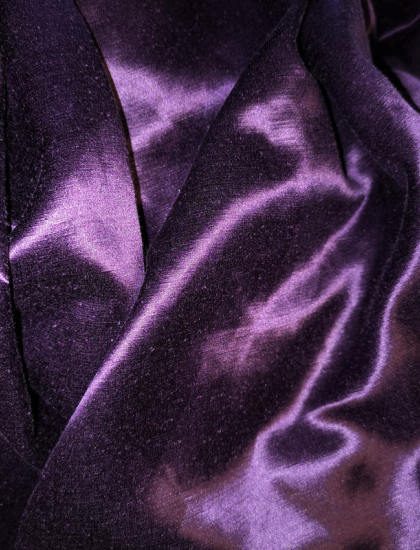
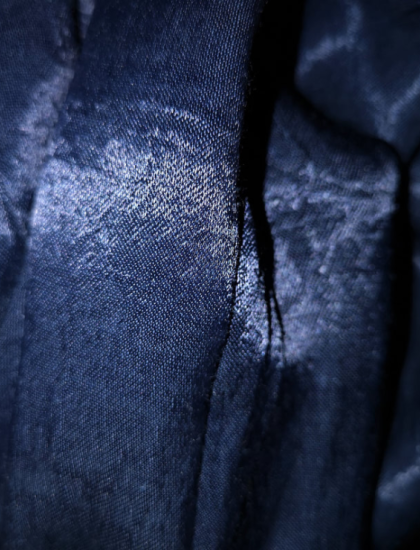
Sustainability… FISH SKINS & SEQUINS... these are just two of the newest products that I have used for my garments, fish skins being a by product of the fishing industry and remarkably making a beautiful sustainable skin. Sustainable sequins have been developed in England by an ecopreneur who has made a fantastic new range of sequin products which are sustainable and is also developing a biodegradable product! There has been many other sustainable products developed, known as new gen fabrics, including a fabric made from pineapple fibre! Along with these plant based and protein fibre developments are a new breed of technological fabrics and fibres being developed which look to be completely changing the production of garments, one of which is a fabric which changes colour with body heat!
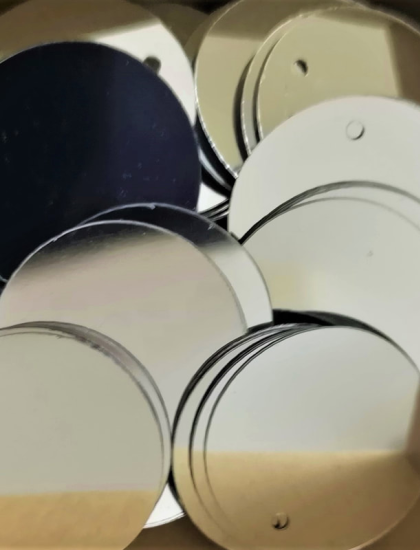
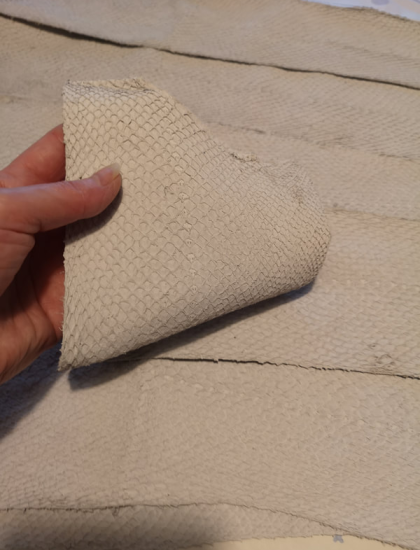
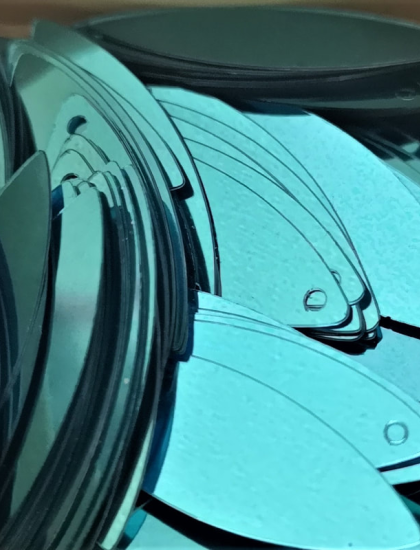
Luxury fabrics are generally known for being produced in mills with good working conditions and a high quality supply chain of components. Although at this stage I cannot physically visit every mill to view for myself, the fabric retailers and suppliers are there to answer any questions. The higher price bracket of luxury fabrics is due to their excellent quality and individuality. These really are the best fabrics available, used for making bespoke and haute couture garments. I have used the finest faux fur available from a couture fabric supplier for one of my designs among other fabrics.
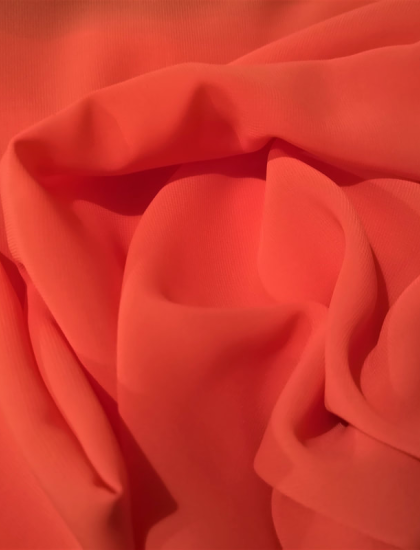
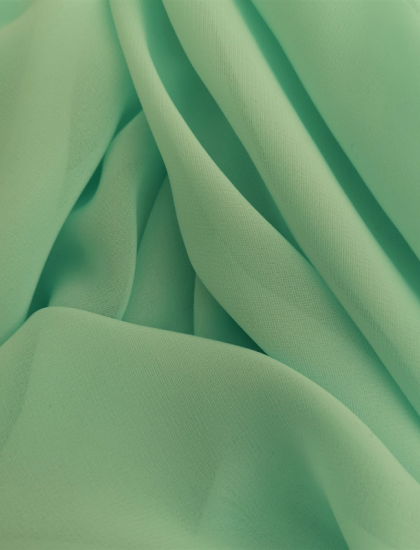
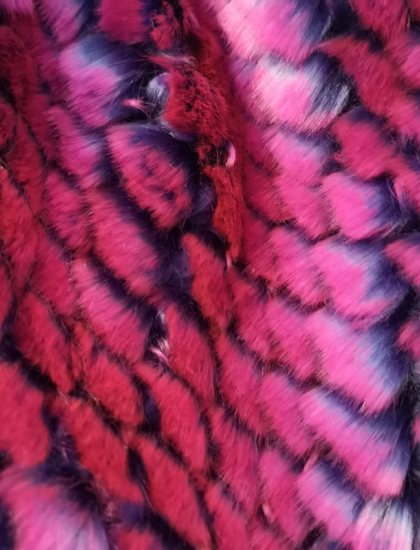
One way of ensuring a fabric has not been imported from hundreds of miles away is to buy directly from fabric mills and producers in this country. There are several mills that produce fabric in the UK and have been for many years. I always wanted to support our local textile industry and by incorporating some fabrics in to my collections I feel this great low impact option available to me. I have used a silk chiffon fabric printed in the UK by Liberty and look forward to using other British made textiles in the future.
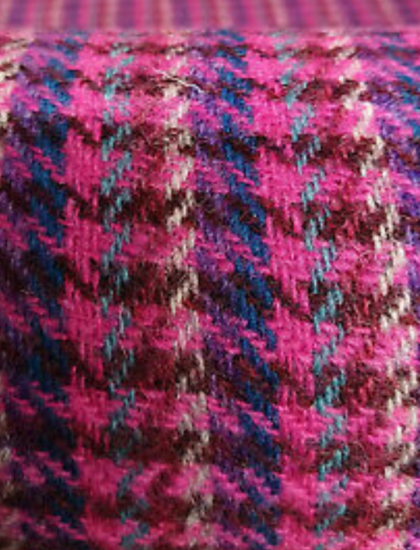
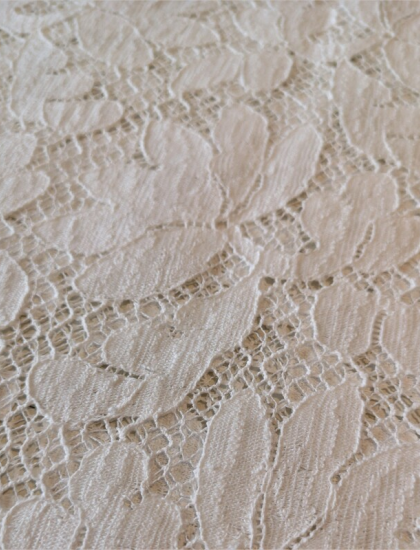
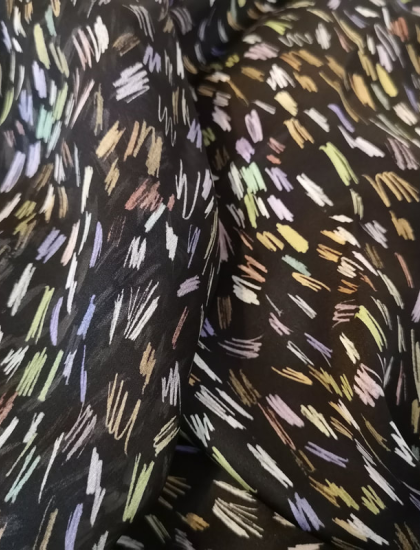
Deadstock fabrics are fabrics left over from garment production by factories and can often end up in landfill. However, some high street fabric shops and some websites offer great fabrics that have been rescued from this fate and available at various price points and qualities. The only real downside to this is that they can be limited stock but as my products are usually limited edition garments, this is currently a suitable option for my business. I sometimes source in this way and although these fabrics may have originated offshore, they are already in the supply chain, can be found locally and can be a responsible way of buying fabrics.
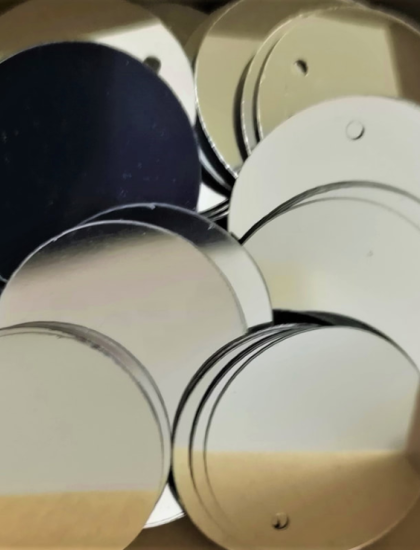
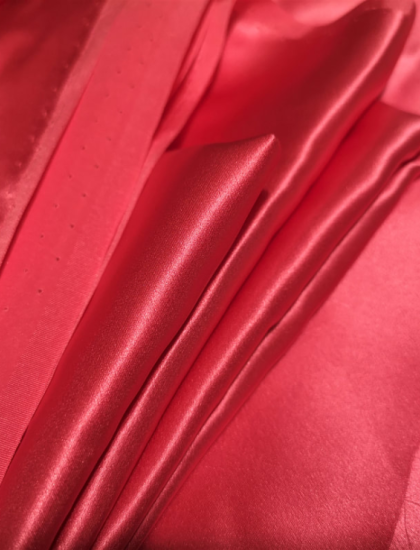
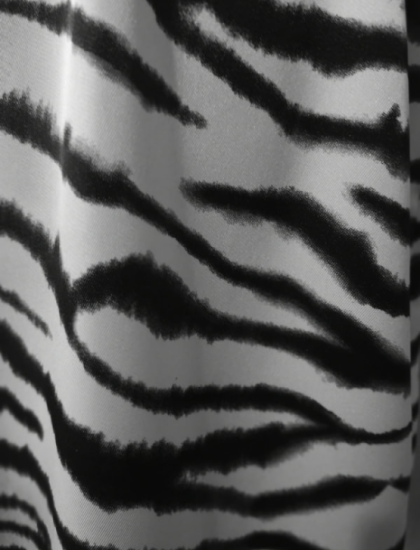
With the variety of stock fabrics, vintage and remnant fabrics left over from other projects, I often use these during the design process for toile making and experimenting on new design ideas. Some pieces can also end up as part of a garment rather than being wasted, as did a piece of remnant silk organza I used as a gorgeous sleeve detail for an evening dress. Buying new is not always necessary if the outcome is just as stunning!
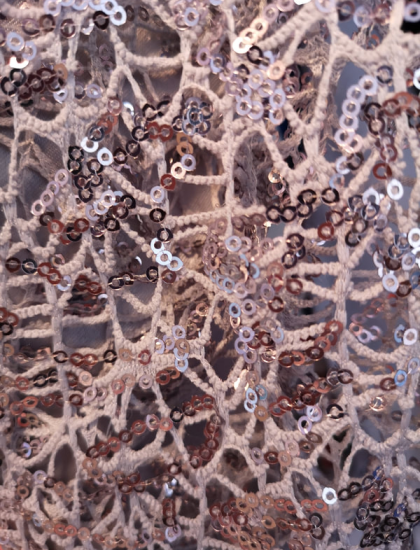
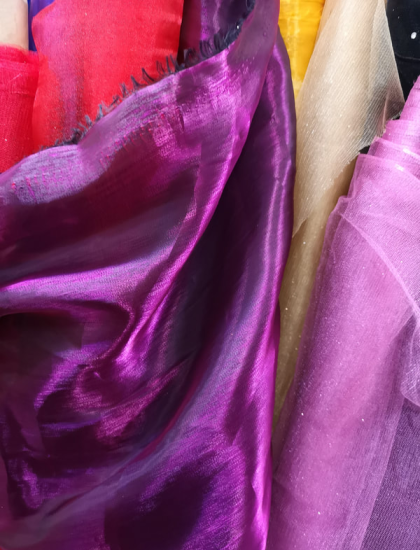
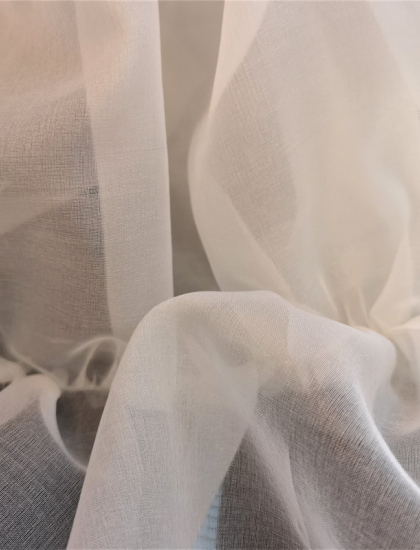
Innovation in design can come from exploring a variety of ways in which to use smaller fabric pieces and remnants, to the way a pattern is cut to reduce wastage in the first place. Fabrics can be costly and therefore the whole design process needs to be explored and this is something I will be conscious of as I grow my business. Although fabric selection and economical design are of great importance, the finished garment and how the wearer looks and feels is essential and all aspects are considered in the creation of one of my designs.
My brand is mission is to create a positive luxury occasion wear brand which is conscious of the way it sources and uses fabrics and respects people.
